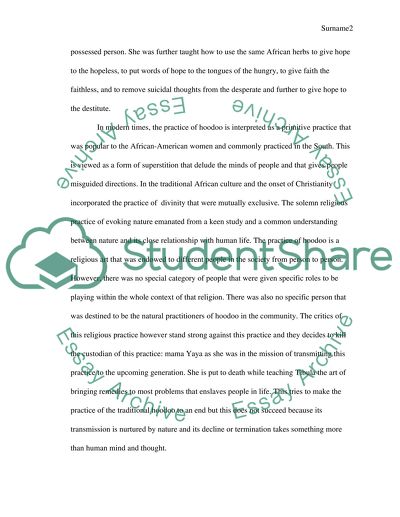Cite this document
(“Conde's Tituba: History and Fantasy Essay Example | Topics and Well Written Essays - 2000 words”, n.d.)
Conde's Tituba: History and Fantasy Essay Example | Topics and Well Written Essays - 2000 words. Retrieved from https://studentshare.org/literature/1498046-condeyies-tituba-history-and-fantasy
Conde's Tituba: History and Fantasy Essay Example | Topics and Well Written Essays - 2000 words. Retrieved from https://studentshare.org/literature/1498046-condeyies-tituba-history-and-fantasy
(Conde'S Tituba: History and Fantasy Essay Example | Topics and Well Written Essays - 2000 Words)
Conde'S Tituba: History and Fantasy Essay Example | Topics and Well Written Essays - 2000 Words. https://studentshare.org/literature/1498046-condeyies-tituba-history-and-fantasy.
Conde'S Tituba: History and Fantasy Essay Example | Topics and Well Written Essays - 2000 Words. https://studentshare.org/literature/1498046-condeyies-tituba-history-and-fantasy.
“Conde'S Tituba: History and Fantasy Essay Example | Topics and Well Written Essays - 2000 Words”, n.d. https://studentshare.org/literature/1498046-condeyies-tituba-history-and-fantasy.


